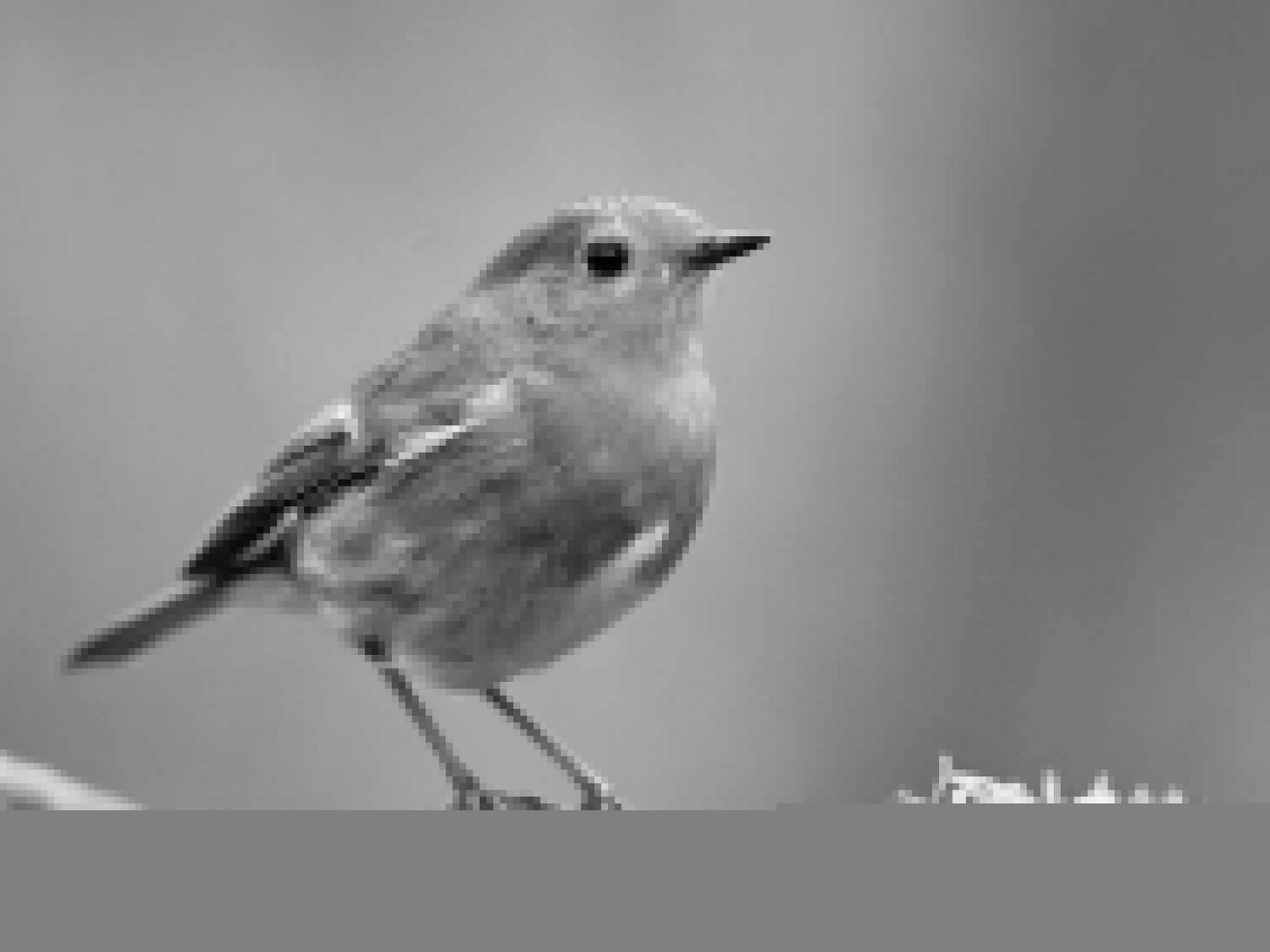Identifying vital migratory species and the qualities of their movements might sound like a straightforward starting point for efforts to conserve and shield pet movements. Nevertheless, migrations are dynamic sensations that vary over area and time, and migratory actions can differ substantially among closely relevant species, subspecies, races, or populations, and also amongst individual pets within a solitary populace. The migratory actions of populaces or individuals can additionally alter swiftly- or be lost totally- in reaction to environment alteration or environment modification. These intricacies present both challenges and chances for campaigns to preserve pet movements. In this Post, we talk about the ideas of intra-species variant in movement and the level of sensitivity of migrations to ecological adjustment, and we consider the implications of these subjects for lawful, plan, administration, and research study agendas.
Intro
Animal movements are dynamic sensations that vary over room and time, even amongst carefully related species, populaces, and individuals.read about it article from Our Articles For example, in numerous pets there is considerable geographic variation in the migratory tendencies of different subspecies, races, or populaces- birds that breed in the north may migrate fars away south to spend the winter months, whereas members of the exact same species that reproduce at reduced latitudes may be totally inactive (i.e., non-migratory). Additionally, even within a discrete populace, there can be systematic distinctions in the distance, routes, endpoints, or seasonal timing of migrations amongst male versus women or more youthful versus older individuals. Such variant in migratory habits can emerge quickly over evolutionary time ranges (e.g., thousands of years)- consisting of over contemporary times (e.g., years or decades) in reaction to human tasks such as environment alteration and climate adjustment. As a result, efficient conservation agendas for animal migrations must consider the effects of both spatial and temporal variant in migratory behavior, even within a solitary migratory types or a solitary local populace.
Our main objective in this paper is to introduce the following three organic subjects to nonspecialists, and to review their prospective implications for legal, policy, monitoring, and research study programs related to the conservation of migrations: 1) geographical variation in migratory habits within-species (i.e., inter-population variation in migration), 2) variation in movement of different individuals within a solitary population (i.e., intra-population variation in migratory habits among people), and 3) the sensitivity of migratory habits to ecological adjustment- with remarkable adjustments observed even over reasonably short time ranges.
To show these subjects, we utilize a common backyard North American songbird species, the Dark-eyed Junco (Junco hyemalis). We selected the occasionally migratory junco, not since this varieties s movement is of immediate conservation concern (it is not), but since previous scientific research study has actually revealed the intricacy of its migration, permitting it to act as a model to communicate why intra-species variation in migration- and the level of sensitivity of migratory actions to ecological change- offer vital difficulties and chances for policy efforts to protect migrations. Principles derived from the junco almost certainly relate to several various other migratory varieties, including those of immediate preservation problem, and we provide selected instances. Nevertheless, for many species, intra-specific variant in movement or the prospective impacts of altering atmospheres on migration have actually not been well characterized. Even for the junco, which has received much research attention from biologists examining movement, there stay lots of unanswered concerns regarding migratory variation within and amongst junco subspecies and populaces. These kinds of information spaces have the prospective to amaze or frustrate preservation efforts and must be dealt with by future research study efforts.
The rate at which migratory procedures can be changed by environmental modifications- habitat damage or change, environment modification, building and construction of barriers to movement, air pollution, or anthropogenic food or water supplements- emphasizes the demand for instant conservation action and the expression of recurring study agendas- both of which need to be drafted to accommodate intra-species variant and quickly altering organic systems. Although both intra-species variation in migratory biology and the sensitivity of migrations to environmental change difficulty the desire to generalise in the context of conservation regulation, policy, administration, and research, these subjects need to be thought about if the most reliable migration preservation methods are to be established.
In Part II, we introduce the Dark-eyed Junco, providing pertinent history info for this types, which we consequently use as an example to illustrate our bottom lines throughout the complying with 3 Components. Partly III, we clarify the level of geographical (inter-population) variation in migration as a general phenomenon, and we take into consideration the ramifications of this kind of variant for preservation programs. Part IV presents the subjects of differential movement and partial movement (both sorts of intra-population variation in migratory habits amongst people), and we discuss the implications of such intra-population variation for conservation. Partly V, we highlight 2 recent site researches which demonstrate exactly how modern environmental changes have quickly altered migratory biology in the junco, and we think about just how these sorts of researches can inform methods to preservation. In Part VI, we wrap up by summarizing our key points, emphasizing that future research study, along with improved communication and collaboration among scientists, policymakers, and supervisors, could proceed to better take into consideration intra-species variant and feedback to ecological modification in the context of conservation of animal movements.




